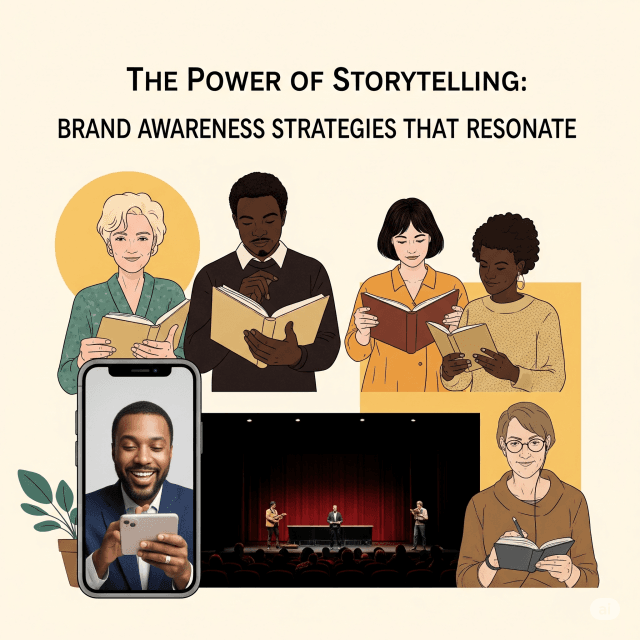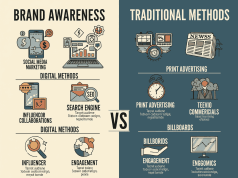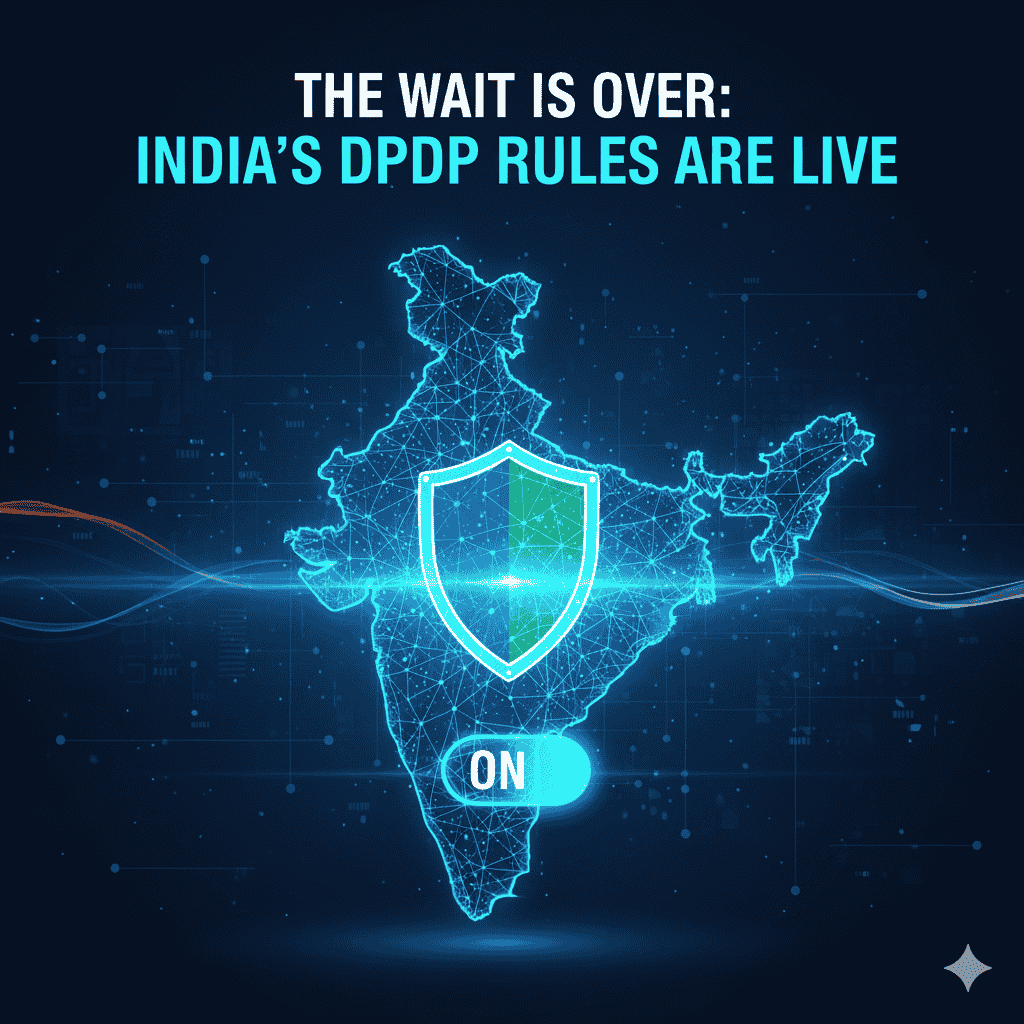In an age inundated with advertisements and consumer noise, storytelling has emerged as a potent tool for businesses aiming to create meaningful connections with their audience. By weaving narratives that resonate with consumers, brands can cultivate loyalty, increase awareness, and differentiate themselves in a crowded marketplace. This article explores the power of storytelling as a brand awareness strategy and provides actionable insights for leveraging it effectively.
Understanding Storytelling in Branding
At its core, storytelling involves the art of conveying messages through narratives that evoke emotions, offer insights, and create memorable experiences. In the context of branding, storytelling serves not just to promote products or services but to share the ethos and values of the brand itself.
Why Storytelling Matters
Emotional Connection: Stories tap into emotions, helping consumers relate on a personal level. By connecting emotionally, brands can foster loyalty and a sense of belonging among their audience.
Memorability: A compelling story is easier to remember than a list of product features. When consumers remember your story, they also remember your brand.
Differentiation: In saturated markets, unique narratives can set a brand apart. A story that reflects a brand’s mission can attract customers who align with its values.
- Engagement: Engaging stories encourage sharing, making them potent tools for organic reach and increased visibility on social media and other platforms.
Strategies for Effective Storytelling in Branding
1. Define Your Brand’s Narrative
Every brand has a story, but not all stories resonate. Identify what makes your brand unique. Consider the following questions:
- What are your brand’s core values?
- What problem does your product solve?
- How did your brand come into existence?
Creating a clear and authentic narrative is essential, as it forms the foundation for all subsequent storytelling efforts.
2. Know Your Audience
Understanding your audience is paramount. Tailor your stories to reflect their values, interests, and pain points. Use market research, surveys, and social media insights to glean information about your target demographic. Remember, a story that resonates with one segment may not resonate with another.
3. Use Relatable Characters
Characters are a vital component of storytelling. Whether it’s your founder, satisfied customers, or the individuals your product helps, relatable characters foster connection. Highlight their challenges, triumphs, and journeys to create emotional ties with your audience.
4. Employ Visual Storytelling
In a digital-first world, visual storytelling has become increasingly important. Use imagery, videos, and infographics to convey your narrative. Platforms like Instagram and TikTok thrive on visual content, making them ideal channels for storytelling.
5. Master the Art of Conflict
Every good story has conflict, and branding is no different. Showcase challenges faced by your characters, be it personal struggles or societal issues, along with how your brand helps to resolve them. This not only adds depth to your narrative but also mirrors the customer journey.
6. Encourage User-Generated Content
User-generated content (UGC) can amplify your brand story. Encourage customers to share their experiences with your products or services. This adds authenticity and diversity to your narrative while strengthening community bonds.
7. Be Consistent
Consistency is key in branding. Ensure that all your storytelling efforts align with your brand’s voice and mission across various platforms. Whether through social media, websites, or advertisements, a cohesive narrative fosters trust and recognition.
8. Measure and Adapt
Finally, measure the effectiveness of your stories. Utilize analytics tools to gauge engagement levels and audience reactions. Explore which narratives resonate most and adjust your strategies accordingly.
Conclusion
Incorporating storytelling into brand awareness strategies is no longer optional—it’s essential. By harnessing the power of authentic narratives, brands can create lasting connections with consumers, foster loyalty, and distinguish themselves in competitive landscapes. Through emotional engagement, memorable storytelling, and strategic implementation, brands can resonate with their audience and become more than just a name in the marketplace; they can become part of the lives of the people they serve. Embrace storytelling, and watch your brand awareness soar.









